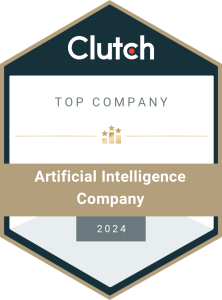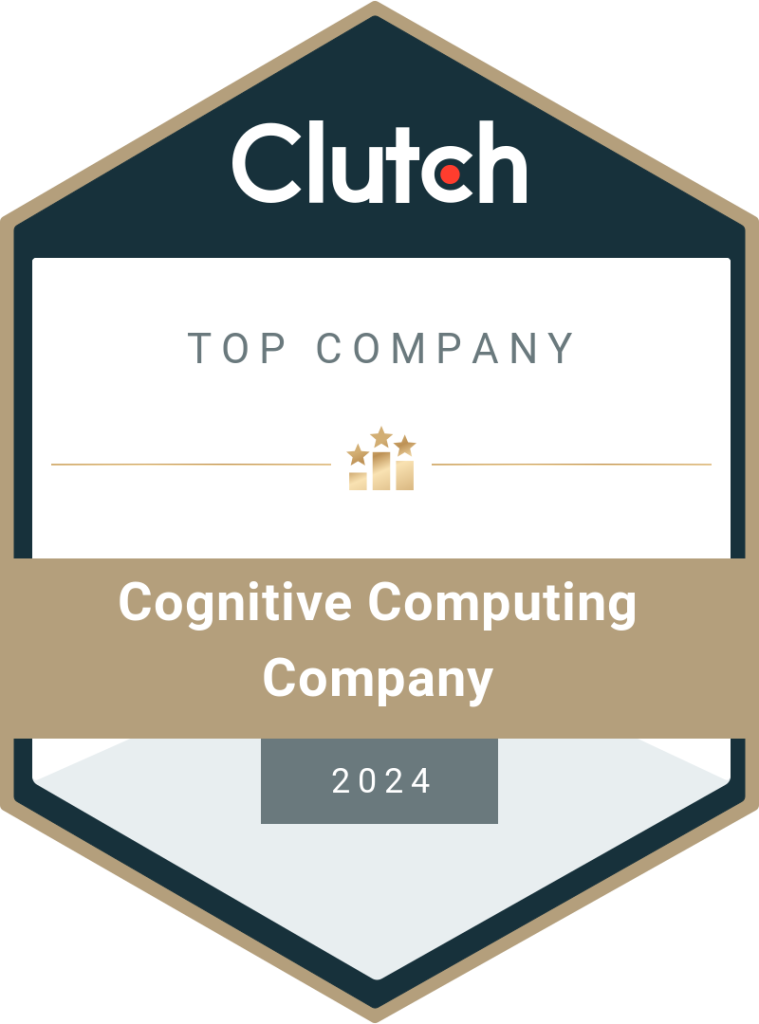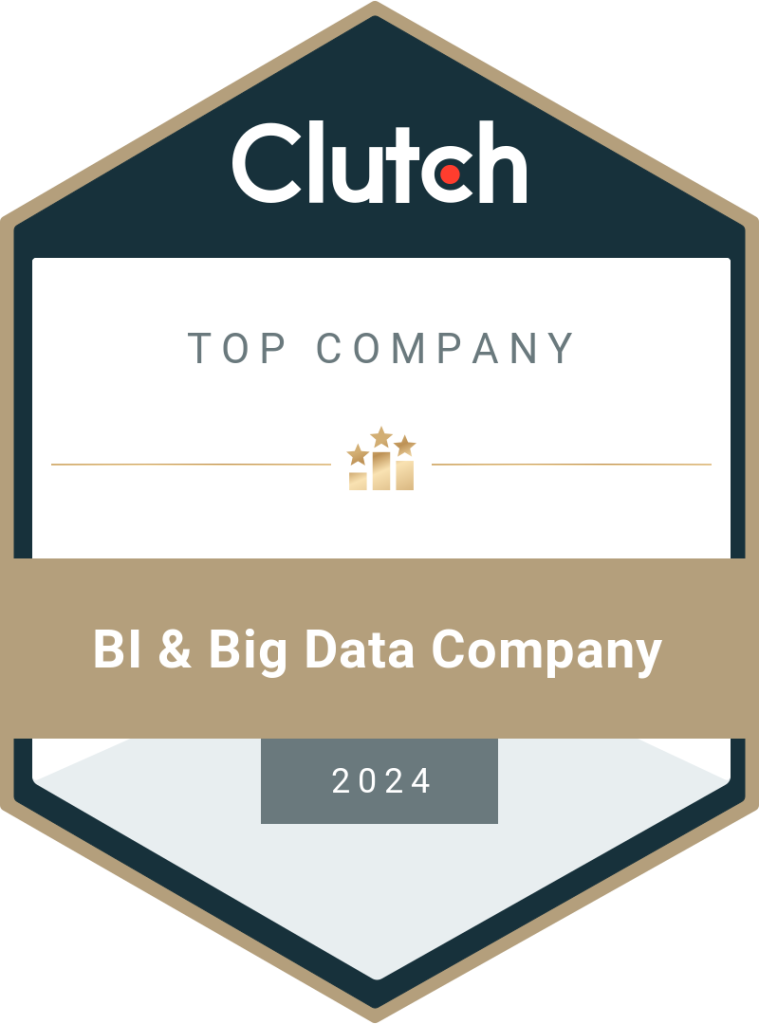Offshore Staff Augmentation in IT – What Nobody’s Telling You!
Staff augmentation is the process of strengthening a business by offering support services through augmented expert teams. Here, we’ll discuss offshore staff augmentation in IT and what nobody tells you about it. IT services are not limited to a single industry or certain types of businesses. A startup needs technology as much as a multinational company or a Fortune 500 firm. Similarly, a manufacturing enterprise uses technology just like a healthcare center, restaurant, or media house. While some organizations have in-house tech teams, others prefer a more cost-effective approach. They rely on IT staff augmentation companies to manage their tech needs. The staff augmentation services can be provided onshore, nearshore, and offshore. Offshore staff augmentation in IT has been in demand for years. Statistics show that the offshore software development market is expected to reach $389.7 billion by 2033. North America continues to hold a dominant market share in offshore IT and software development with $46.2 billion, which is 38.5% of the global market in 2023. Additionally, over 66% of US companies outsource at least one department to benefit from staff augmentation services. In this blog, we’ll understand how offshore IT staffing works and the benefits it provides. We’ll also look at the hidden challenges and ways to overcome them effectively by partnering with a reliable IT staff augmentation company. Offshore Staff Augmentation: How it Works Offshore is the term used to refer to service providers located on a different continent or across the seas from the client’s businesses. For example, an American business that hires an Asian or European service provider is said to be working with an offshore company. Offshore staff augmentation is the process of hiring an external team located in far away country to perform the required tasks for the business. The external employees can work independently or collaborate with existing in-house teams. They work remotely but follow the same timings as the client to be accessible when necessary. Offshore IT services can be temporary staffing solutions or for the long-term. They can be project-based, time-based, or expertise-based. While each offshore staff augmentation company has a different approach, the steps are more or less similar to the ones listed below: Features Offshore Staff Augmentation in IT The main features of IT staff augmentation services are as follows: Cost-effectiveness The best feature of offshore staff augmentation is cost efficiency. Implementing the full-scale hiring process is time-consuming and requires thousands of dollars. Moreover, the selected candidates could leave the job after a few months for various reasons. Then, the whole process has to be initiated again. Whereas with staff augmentation, you pay the service provider based on your contract terms. For example, businesses opt for hourly rates for small projects and can choose to pay monthly salaries for long-term projects. You can use the estimator tool to know how much it will cost. Moreover, additional employee benefits are provided by the IT staff augmentation company and not the client. Flexibility and Scalability Businesses have more flexibility in managing their activities and projects. For example, you can expand an internal team by adding experts from outside to work on specific tasks. The augmented team members can be replaced if you are not happy with the results. You can change the staff augmentation package by upgrading or downgrading the requirements. A team will be created based on your budget and time constraints. Access to Global Talent Another noteworthy feature of offshore staffing contract is the access to global talent. You don’t have to limit your human resources to people within the region or those from neighboring countries. You can hire an expert from the other side of the world and ensure your project gets the best results. Offshore staff augmentation eliminates geographical borders. This lets you attract the best talent to your organization without worrying about recruiting costs and other concerns. Remote Collaboration Remote working has become a norm in today’s world, especially after the Covid-19 pandemic. Employees from different locations use online platforms for video conferences, meetings, and real-time project management. Cloud-based tools simplify collaborations and provide authorized access to employees. Employees can either work in real-time or catch up with the developments/ updates when they log in on the platform. This is convenient and hassle-free. Delegation of Tasks Offshore staffing gives you the freedom to decide which tasks to delegate to the external teams. For example, some organizations might assign complex tasks to experts from outside. Others might prefer to hand over recurring activities to the outside teams and keep the core processes in-house. Both alternatives have their own advantages. The right choice depends on your business vision, objectives, budget, and growth plans. For example, startups might find it easier to access experts through offshore staff augmentation services. Specialized Skills Specialized skills or dedicated teams are offshore staff augmentation solutions where professionals with niche domain experience are hired temporarily to work on certain projects (or parts of a project). For example, you need a data scientist with ten years of experience for three months. You can add them to your team by approaching an AI and IT staff augmentation company. The data scientist will deliver the expected services and leave the team after their job is complete. Fresh Perspectives You aren’t just bringing new professionals into your business. You are also gaining fresh and different perspectives through them. This allows your team to look at the project in various ways. It boosts creativity and innovation. Business problems can be solved more effectively by considering them in a new light. Moreover, employees from staff augmentation companies are used to working with different people and have a wider range of experience, which can help your business. Challenges of Offshore Staffing While using an offshore augmented team is helpful in several ways, you should be aware of the challenges and know how to overcome them. So, what are the hidden challenges of managing an offshore IT team? How can you minimize these concerns and maximize the benefits? Let’s find out
Read More





